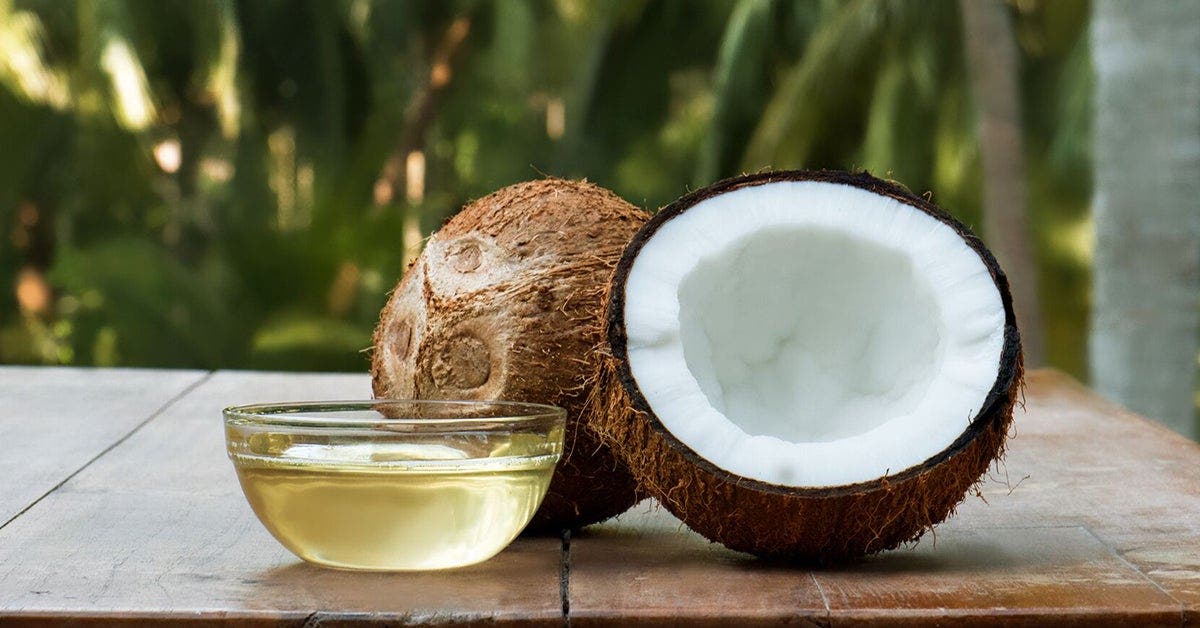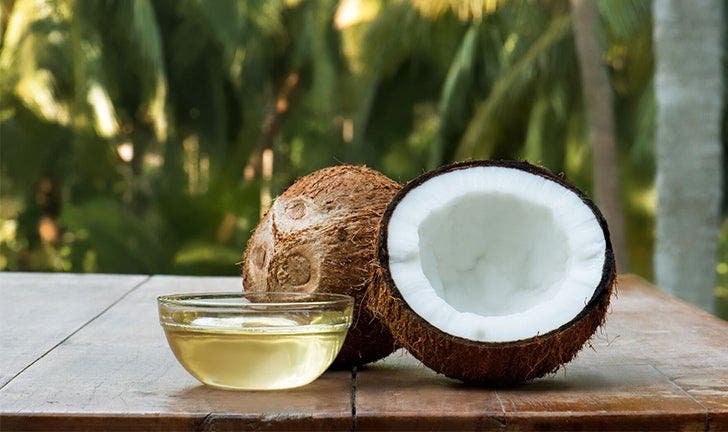A guide to cooking oils


The Difference Between Cooking Oils
If you’ve browsed the cooking oil aisle lately (or scrolled through it virtually while placing an online grocery order), you have probably noticed an endless number of options available. It’s no longer just about choosing between olive oil or canola oil! What is the difference between all of the cooking oils available? And how do you choose the right one?
For culinary purposes, there are two main factors to help you understand the difference between cooking oils:
Smoke Point. The smoke point is the temperature at which oils break down, and after which they are no longer safe to consume. If you are going to be cooking at high heat, you want to ensure you choose an oil with a high smoke point, so that it doesn’t begin to break down and burn. Heating an oil beyond its smoke point results in the production of free radicals (compounds that are damaging to our cells), degrades nutrients in the oil, and causes it to develop a rancid flavour.
The smoke point is directly related to how refined, or processed, an oil is. For example, extra virgin olive oil is less refined compared to regular olive oil.
An unrefined oil has a lower smoke point, which means it is best to cook with at lower temperatures, or not use heat at all (i.e. salad dressing). Refined oils have a higher smoke point, so if you’re planning to cook at higher temperatures, such as sautéeing, frying, or baking, a refined oil would be a better choice.
Flavour. From a culinary perspective, refined oils tend to have a more neutral flavour, while unrefined oils tend to have a stronger flavour and aroma. For example, an unrefined peanut oil would pair nicely with an Asian stir-fry when you want to impart a nutty flavour to the dish. However, unrefined oils lose their quality as cooking temperature rises, so you want to consider how you are incorporating the oil into your cooking.
Tips for selecting a cooking oil - which oil do I choose for which cooking purpose?
Depending on what dish you want to prepare, you’ll want to take into consideration the level of heat at which it needs to be cooked, and whether or not you want the oil to impart additional flavour to the finished product. Below is a summary of the ideal culinary uses for various cooking oils:
No Heat
These oils are best for no heat applications, such as salad dressings, dips, and marinades. They should be stored in the refrigerator to prolong their shelf life:
- Chia seed
- Flaxseed
- Wheat germ
Low to Medium Heat Cooking
These oils are best for cooking at low to medium heat, such as light sautéeing, sauces or baking at low heat:
- Coconut – solid at room temperature, choose “cold-pressed” oil for more nutrients
- Corn – light, mild flavour
- Extra virgin olive oil – Rich, tangy, fruity flavour; minimally processed; high in antioxidants
- Sesame – strong nutty flavour; often used in Asian dishes
- Soybean - slightly heavy flavour
- Walnut – rich walnut flavour
Higher Heat Cooking
These oils can be used for higher heat cooking, such as stir frying, searing, browning, baking or cooking in the oven:
- Almond – nutty flavour
- Avocado – mild flavour; choose “cold-pressed” oil for a less refined option
- Canola (rapeseed) – neutral flavour; versatile oil for many types of cooking
- Grapeseed – mild flavour; versatile oil for many types of cooking
- Hazelnut – strong hazelnut flavour
- Olive oil – mild flavour; better for all-purpose cooking than extra-virgin olive oil
- Peanut – mild, nutty flavour; choose “cold-pressed” for a less refined option; pairs well with Asian stir-fries, salads, and noodle dishes
- Palm - unique flavour, often used for Caribbean and South American dishes
- Safflower - light colour and flavour
- Sunflower - light and flavourless
Are there any health benefits to any cooking oils?
Fats and oils are needed for good health. The key is to choose the right ones, replacing the less healthy saturated fat with healthier unsaturated fats. Unsaturated fats (which include monounsaturated and polyunsaturated fats) support heart health by reducing “bad” cholesterol and increasing “good” cholesterol. Different cooking oils contain different amounts of saturated and unsaturated fats. You’ll want to ensure you choose healthier oils more often, and ones that stay healthy after cooking or heating.
Saturated fat is solid at room temperature. Plant-based cooking oils that are high in saturated fat include coconut and palm oil.
Monounsaturated fat is found mainly in olive and canola oil.
Polyunsaturated fats include omega-3 and omega-6 essential fatty acids, which your body cannot produce on its own and must be obtained from food. Omega-6 essential fatty acids help lower “bad” cholesterol, but they can also lower “good” cholesterol and become pro-inflammatory when consumed in large amounts. Safflower, sunflower and corn oils are high in omega-6.
To learn more about saturated and unsaturated fats, click here.
Overall, one of the healthiest options to stock your cupboard with is extra virgin olive oil. Because of its high content of monounsaturated fats and some polyunsaturated fat, research shows that consumption of olive oil is important for heart health.
Coconut oil has a high content of saturated fat, unlike many other plant-based oils. This makes it a good option for cooking or baking at higher heat, because it is less likely to break down. However, it is best to use in moderation because of its high content of saturated fat.
Vegetable oils can include a blend of oils that comes from plant sources. This includes canola, corn, soybean, safflower, sunflower, and palm. Vegetable oils are more refined, which means they impart a more neutral flavour and are lower in nutrients. However, they are good for all-purpose, higher heat cooking. Canola oil is one of the healthier options available because it has a higher amount of monounsaturated and polyunsaturated fat, and lower amount of saturated fat than other vegetable oils.
Specialty oils, like avocado, grapeseed, and sesame oil, are healthy choices but can be harder to find and more expensive. These oils have unique flavours, so you may need to try a few options to determine which ones you enjoy the most.
There are many different cooking oils available on the market today. Based on their cooking properties and health benefits, reach for extra virgin olive oil most often. Then add in other cooking oils as needed for cooking at higher heat or to experiment with adding different flavours to your food.
